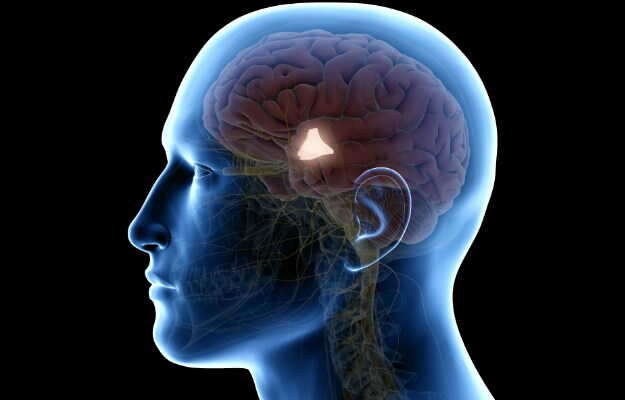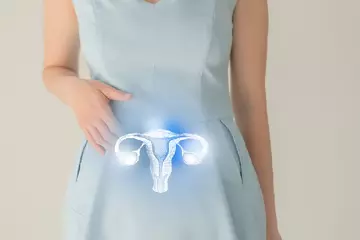What is Primary Biliary Cholangitis?
Primary biliary cholangitis is a chronic liver disease which gets worse with time. It progresses to end-stage liver disease, leading to liver failure. It is more commonly known as primary biliary cirrhosis, and is considered to be autoimmune. It mostly affects women, and first appears in the fourth to sixth decades of life.
What are its main signs and symptoms?
The disease is fairly asymptomatic. About a quarter of patients are incidentally diagnosed during blood tests. Patients may present with a history of abdominal discomfort and fatigue. The fatigue is so significant that it leads to depression and obsessive-compulsive behaviour. Jaundice is a common occurrence due to the accumulation of bile.
On clinical examination, the following may be noticed:
- Enlarged liver and spleen
- Darkened skin over the nose and under the eyes and over the cheeks as seen pregnancy called Xanthelasma
- Jaundice -yellowish discolouration of the sclera of eyes, and yellow skin.
In advanced stages, the disease progresses to liver cirrhosis, including the destruction of liver cells (hepatocytes). Symptoms observed at this stage include decreased appetite, nosebleeds, jaundice, the appearance of small spider-like arteries underneath the skin, weight loss, anorexia, itchy skin and weakness.
If you are tired of dieting and exercising and are not able to lose weight, then use myUpchar Ayurveda Medarodh Fat Burner Capsule, it has no side effects, order it today and avail the benefits.
What are the main causes?
The exact cause is unknown; however, the disease is considered to be autoimmune. There is the destruction of small biliary ducts, which never get efficiently repaired. Thus, there is a chronic blockage to the flow of the bile from the liver cells into the gallbladder. The inefficient functioning of bile ducts leads to accumulation of bile causing inflammation and cell death. These may further lead to the destruction of liver cells. Apart from a possible genetic origin, it is seen that patients with primary biliary cholangitis have an increased incidence of urinary tract infections.
How is it diagnosed and treated?
Diagnosis is made by thorough history taking, examination and a battery of liver function tests. Abdominal X-ray and ultrasound and liver biopsy too are needed to confirm the same. CT scan of the abdomen might be needed in some cases.
The first line of treatment aims to slow down the progression of the disease and provide symptomatic relief to the patient. Ultimately, the liver transplant is essential. In advanced stages, a liver transplant may be the only option. Liver transplant is a fairly common procedure, with liver being the second most commonly transplanted organ. After-surgery care includes immunosuppressants and corticosteroids. Risk of infection needs to be reduced, and the patient must be kept in aseptic conditions.
















